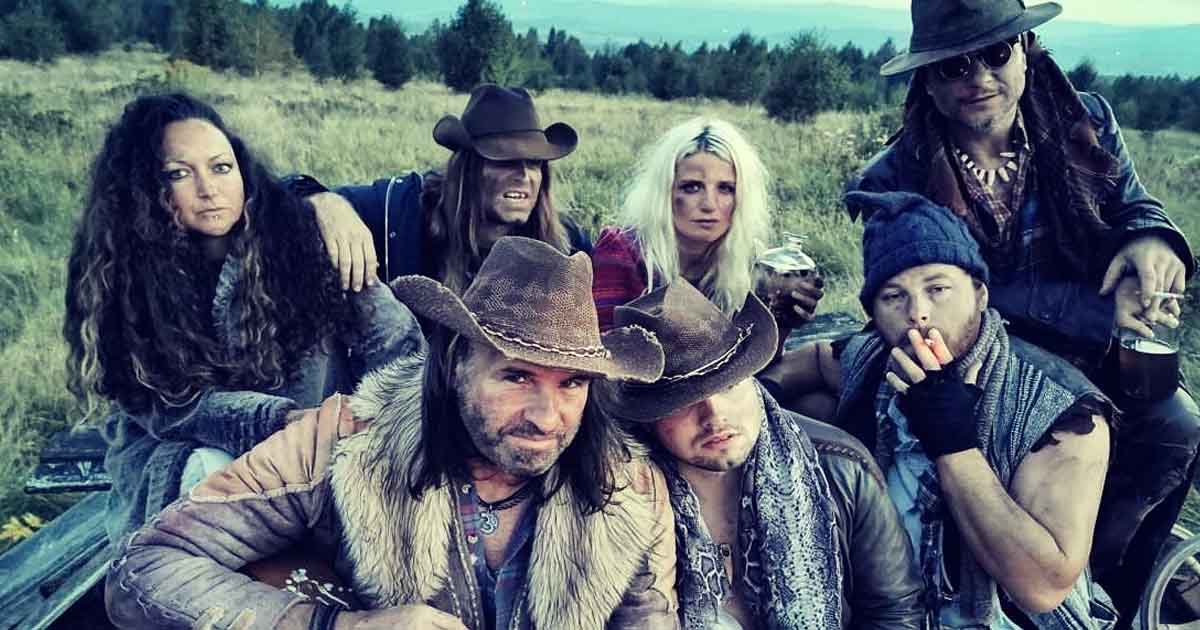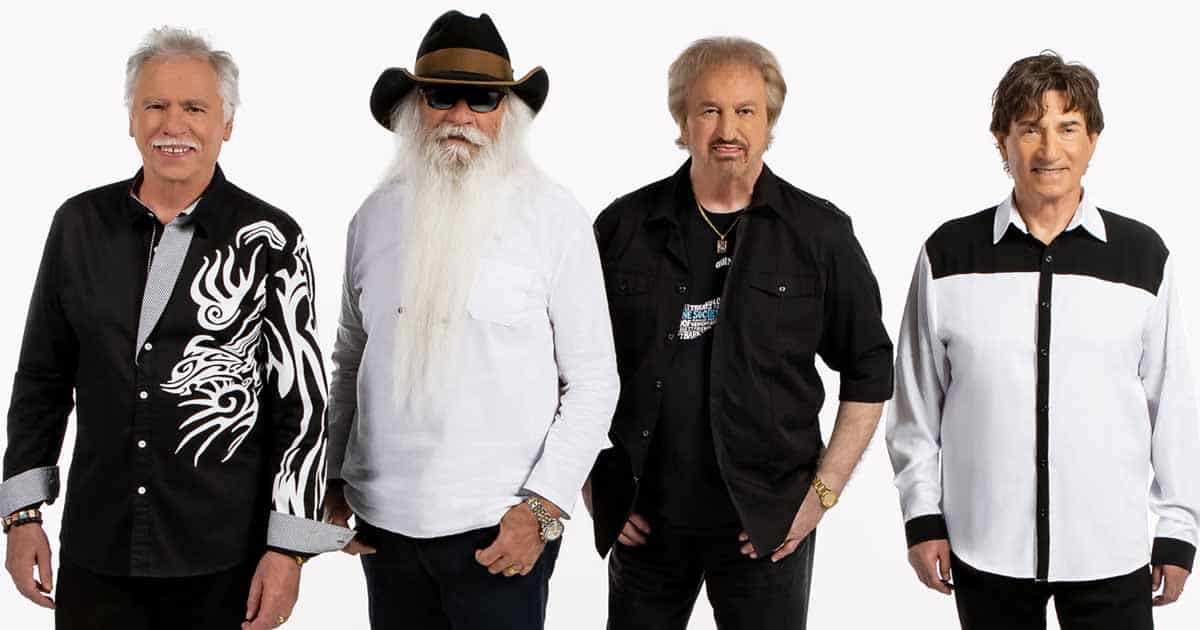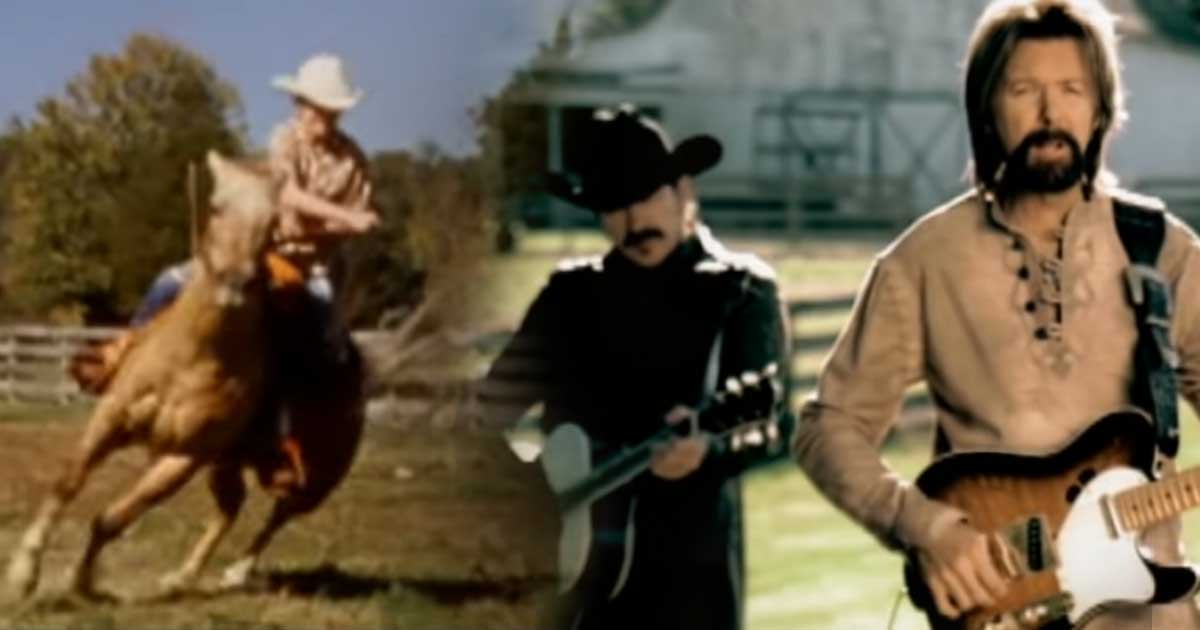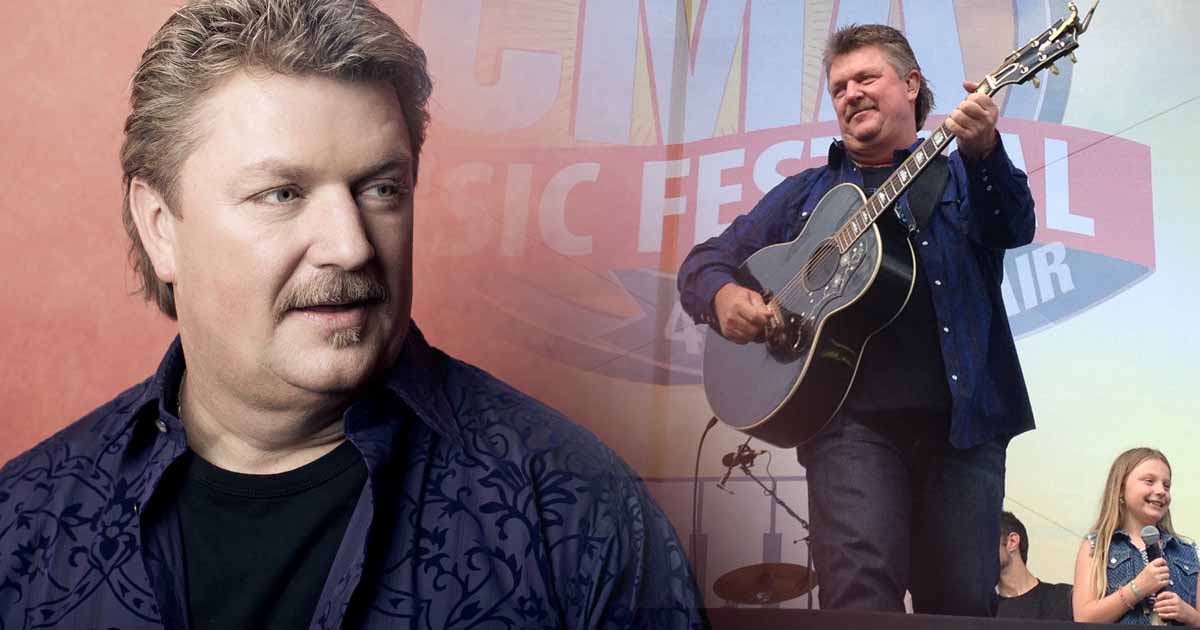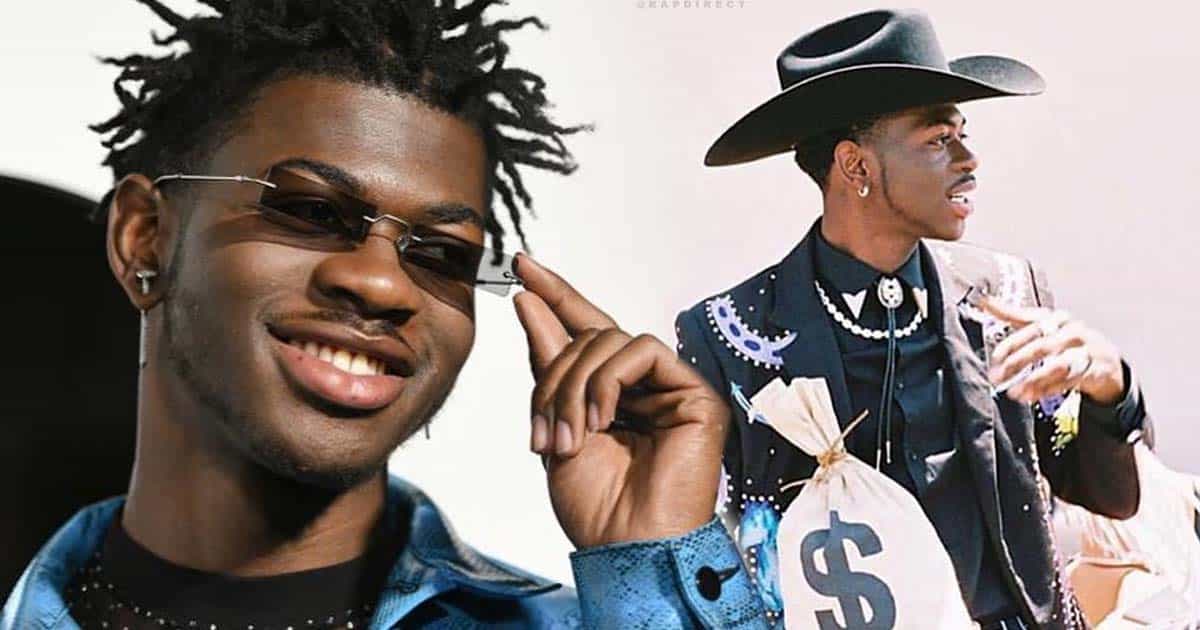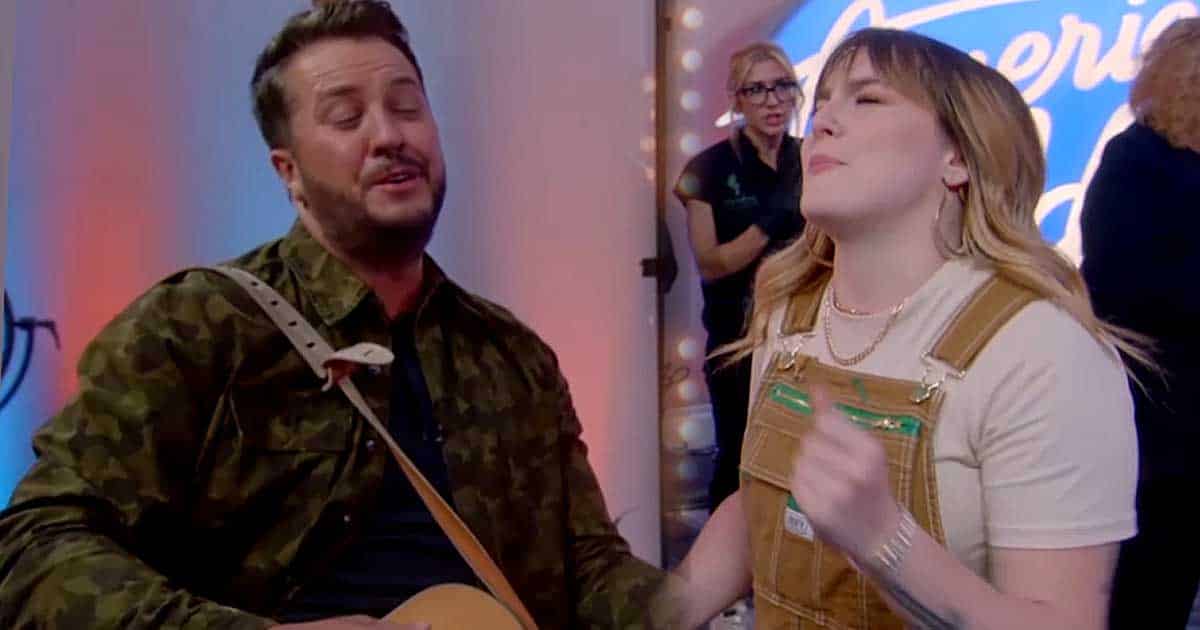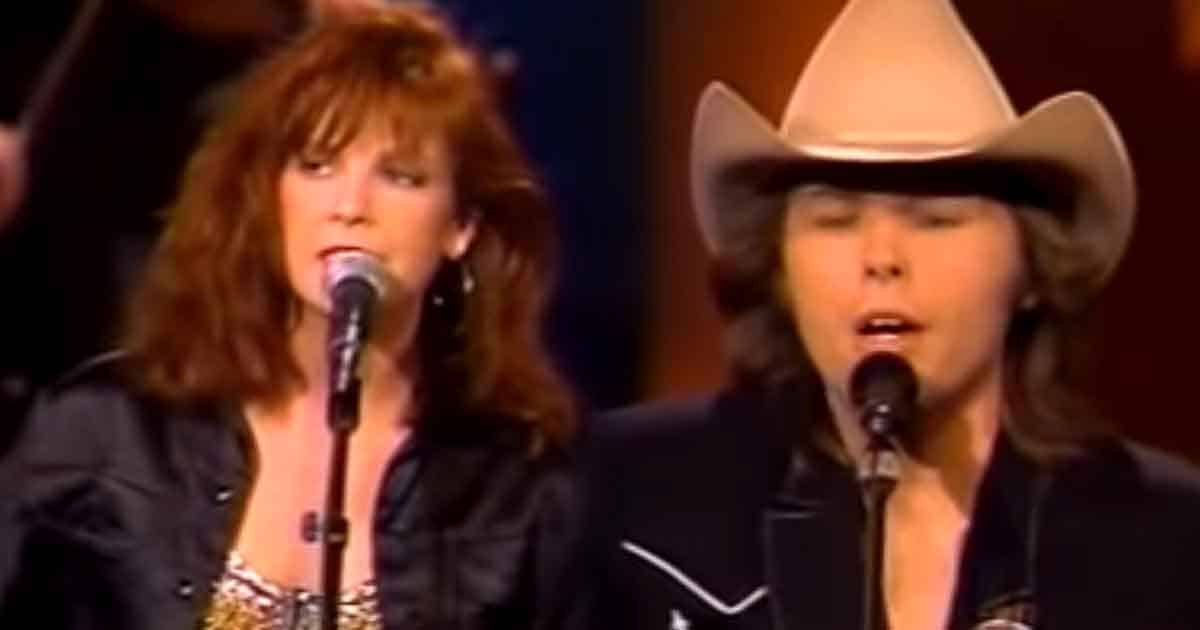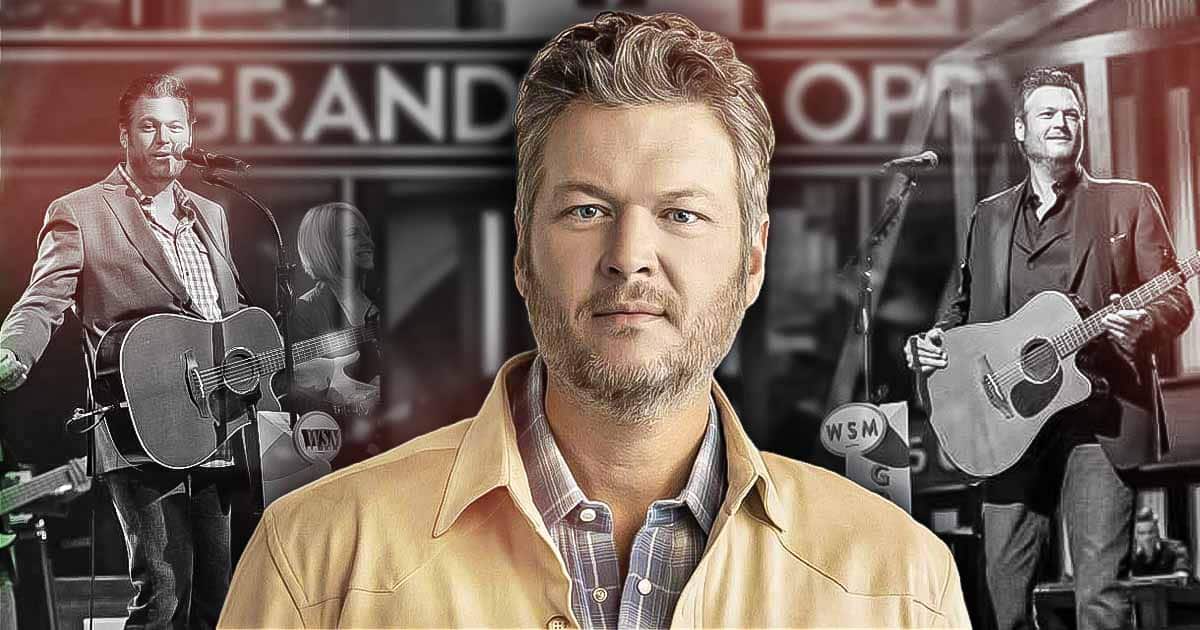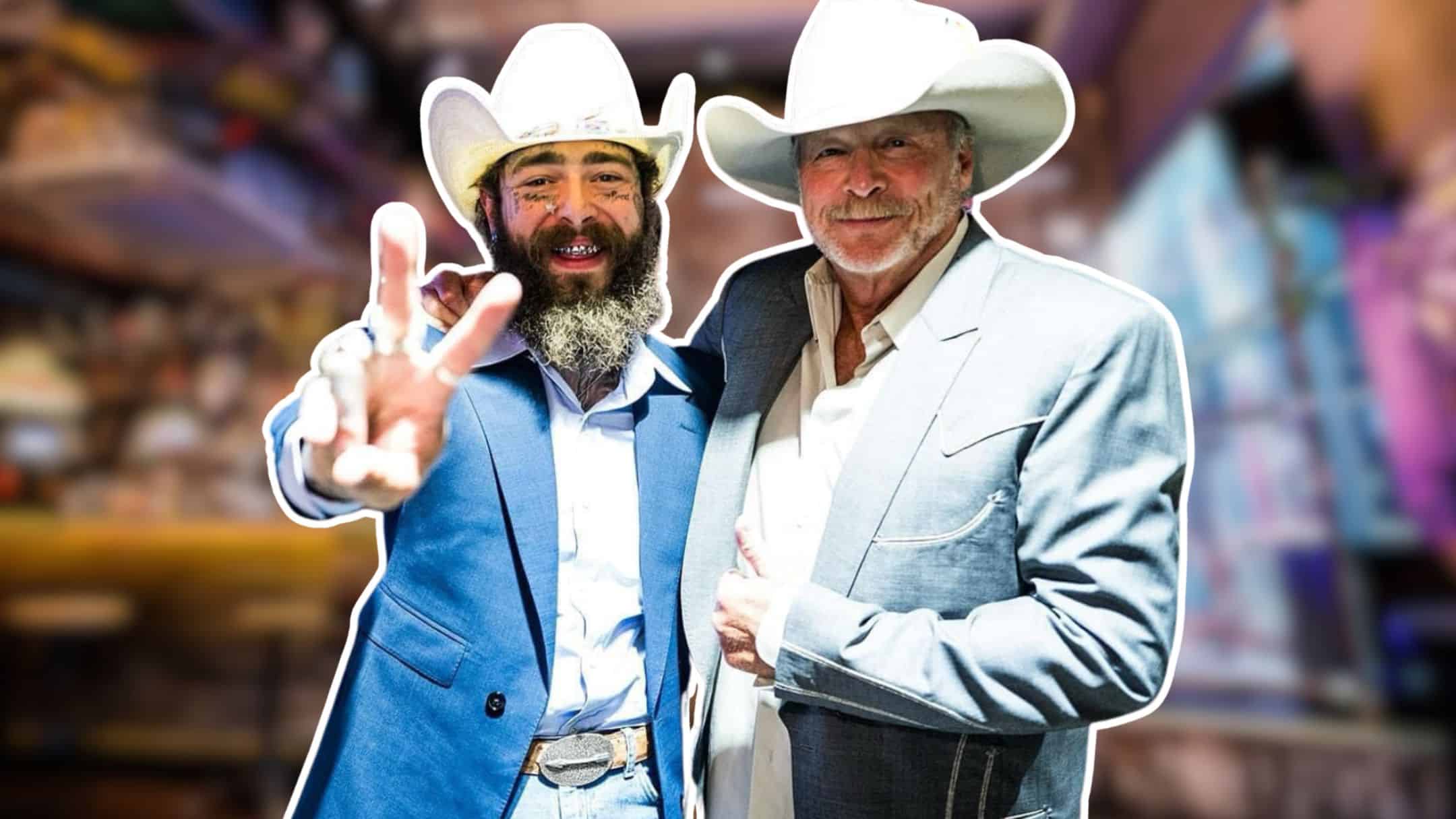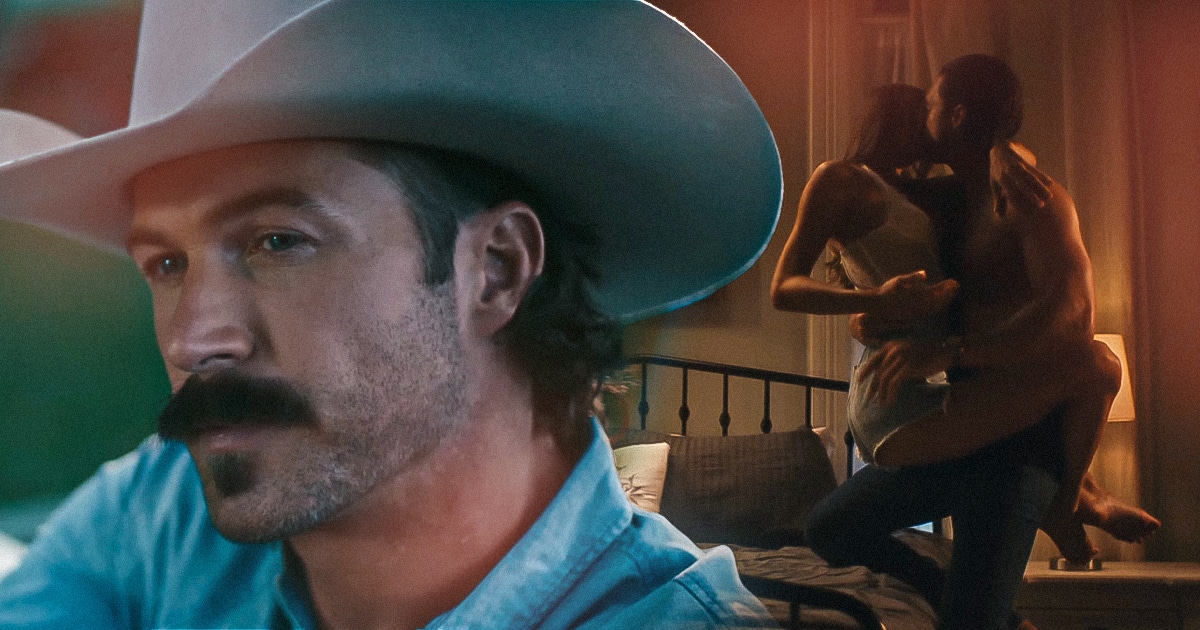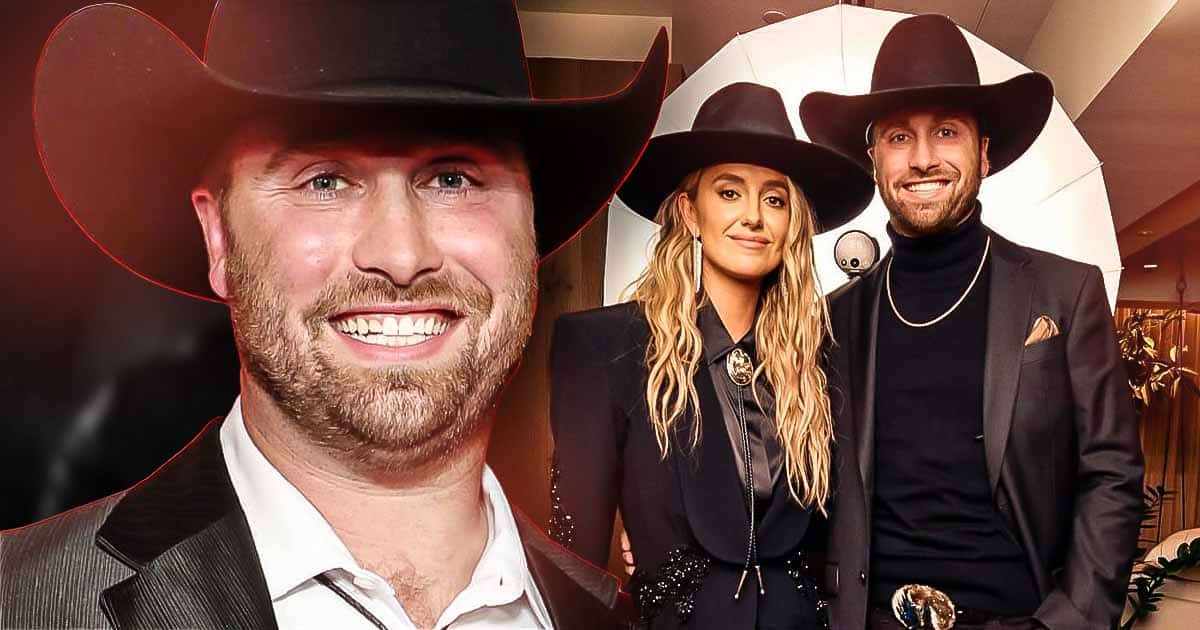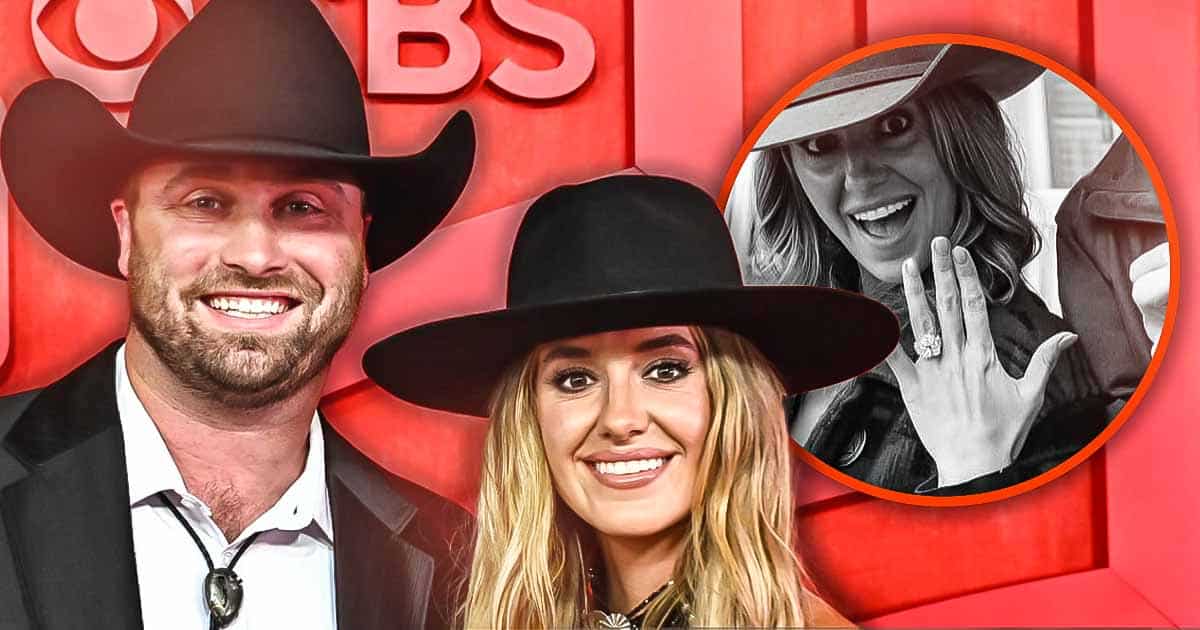“Cotton Eye Joe” is one of those songs that almost everyone recognizes, whether you first heard it as a traditional folk tune or during a lively night out, thanks to the energetic 1990s rendition by Rednex. But beyond its infectious rhythm and catchy lyrics lies a rich, mysterious history that spans over a century, rooted deep in American culture.
Where Did “Cotton Eye Joe” Come From?
The origins of “Cotton Eye Joe” are as elusive as the character it sings about. This folk song likely first took shape in the Southern United States sometime between 1800 and 1860, well before the Civil War. It was a tune that spread primarily among enslaved African Americans. It became a staple at gatherings where it was sung and danced to, often accompanied by the fiddle or banjo.
The song’s early presence is well-documented, with accounts like those found in Dorothy Scarborough’s On the Trail of Negro Folk-songs and Louise Clark Pyrnelle’s childhood memories of plantation life in Alabama, both confirming that “Cotton Eye Joe” was deeply ingrained in Southern folk culture by the late 19th century.
But who was Cotton Eye Joe? The lyrics tell the story of a man who came into town, stole the singer’s love, and left just as mysteriously as he arrived. The phrase “cotton-eyed” has sparked endless debate. Some think it could describe a man intoxicated by moonshine, which might cause his eyes to turn milky white. Others believe it might refer to a medical condition that clouded his eyes or possibly even the contrast of light eyes against dark skin. The truth, however, remains a mystery—much like Cotton Eye Joe himself.
How Did “Cotton Eye Joe” Become a Dance Hit?
For years, “Cotton Eye Joe” was a well-known folk song passed down through generations, particularly in the South. Its upbeat tempo made it a favorite for various dance styles, including line and circle dances. The song’s adaptability helped it survive through decades, evolving with each new wave of musicians who recorded their versions.
Then, in 1994, something unexpected happened. A group of Swedish producers named Rednex decided to blend this traditional American folk song with techno beats, creating a version of “Cotton Eye Joe” that nobody saw coming. Rednex wasn’t just about music—they crafted a whole persona around their act, portraying themselves as hillbillies rescued from a remote village in Idaho and brought to Sweden. Their over-the-top, fictional backstory, complete with names like Bobby Sue and Billy Ray, was as much a part of their identity as the music itself.
The combination of banjos, fiddles, and a thumping techno beat struck a chord with audiences worldwide. The Rednex version of “Cotton Eye Joe” quickly climbed the charts, hitting number one across Europe and reaching #25 on the US Billboard Hot 100. The song became a cultural phenomenon, showing up everywhere from sports events to weddings, proving that “Cotton Eye Joe” had truly transcended its folk roots to become a global hit.
What Controversies Surrounded the Rednex Version?
Like many cultural phenomena, the Rednex version of “Cotton Eye Joe” wasn’t without its controversies. The group’s portrayal of American “redneck” culture, complete with exaggerated hillbilly costumes and accents, didn’t sit well with everyone. Some found it offensive, seeing it as a stereotype rather than a celebration of a cultural identity.
Rednex’s Pat Reiniz later addressed these concerns, acknowledging that their understanding of American hillbilly culture was limited to stereotypes. He explained that they intended to match the raw, energetic feel of the song with a fitting visual identity, not to mock or belittle. Despite this, the controversy likely contributed to the group’s reluctance to perform the song live in America until 2017.
Why Does “Cotton Eye Joe” Endure?
“Cotton Eye Joe” is more than just a dance track or a folk song—it’s a piece of cultural history that continues to evolve. Its journey from the fields of the South to international dance floors is a testament to the enduring power of music to cross boundaries and adapt to new contexts. The song has been recorded over 134 times, and its influence shows no signs of fading.
Even in recent years, artists like Manchester Orchestra have reinterpreted the song, demonstrating its versatility and continued relevance. The fact that “Cotton Eye Joe” can still inspire such varied interpretations is a clear sign of its lasting impact on American culture and the world.
The Legacy of “Cotton Eye Joe”
In many ways, “Cotton Eye Joe” reflects the broader story of American music—a blend of different cultures, evolving through time and constantly finding new life in unexpected places. Whether you’re a fan of the original folk versions or can’t help but dance when the Rednex version comes on, there’s no denying that “Cotton Eye Joe” has carved out a unique place in the musical landscape.
Its origins may be lost to time, and its meaning may remain open to interpretation, but one thing is sure: “Cotton Eye Joe” is here to stay. And as long as people are willing to dance, sing, and wonder about the mysterious figure behind the song, its legacy will continue to grow.
Ready for a toe-tapping trip down memory lane? Hit play on the “Cotton Eye Joe” music video below and let the fun begin!

